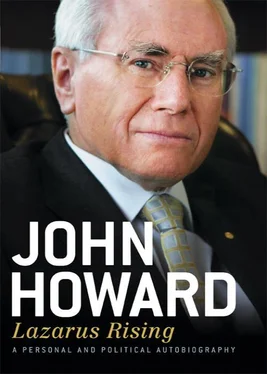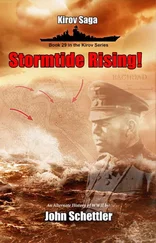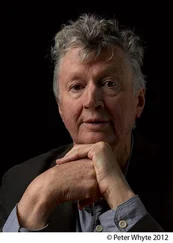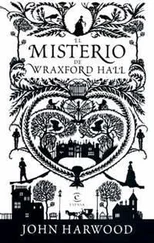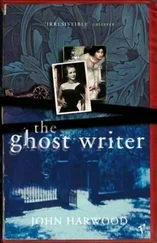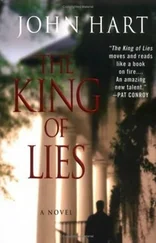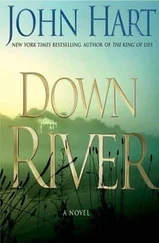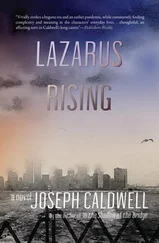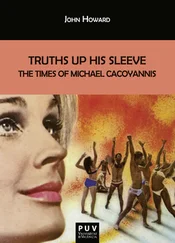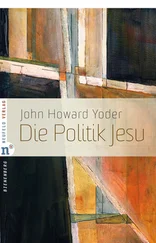From 1967 onwards, I began to participate in debates on Australia’s involvement in Vietnam. Before long they included opponents such as Jim Cairns, the federal Labor MP and future deputy prime minister, who was a relentless critic of the Australian commitment. These were tough encounters, before large and normally hostile audiences, but the political experience was priceless. Many of them were at universities, and they were sometimes euphemistically called ‘teach-ins'.
The bulk of the audiences were strongly opposed to our being in Vietnam. Many academics were active in their criticism of the war. Often they comprised the most vocal part of an audience, asking hostile but effective questions. It is impossible to exaggerate the extent to which this experience hardened me for later political life. Being booed and cat-called by hundreds of students in my late 20s, and receiving abuse delivered without a skerrick of good humour, was not only rigorous training for later public life, it also forced me to confront and be satisfied of the strength of my own beliefs on issues. By 1968 Vietnam had begun to deeply divide the Australian community. There were bitter feelings on the conflict which would only intensify as time passed.
During 1967 I decided to seek the Liberal Party’s nomination for the state seat of Drummoyne. A redistribution of electoral boundaries carried out in 1966 had made the seat winnable for the Liberal Party. A very pro-Labor slice had been removed from the electorate, leaving a small but useful Liberal majority, based on the results obtained in the 1965 election. The electorate was comprised of the suburbs of Drummoyne, Five Dock, Abbotsford, Haberfield and Croydon, all inner-western suburbs of Sydney.
Although my real goal was federal politics, I had the naïve belief that a seat in state parliament was a stepping stone to Canberra. It might have been so in the earlier days of Federation, but it became increasingly less so from the ‘60s onwards.
Also at that time, I saw a superficial connection between most of the law I was practising, such as dealing with commercial leases, other property transactions and common law matters, and state politics. State parliaments enacted most of the laws on which I gave advice.
I was encouraged to seek the Drummoyne nomination by both John Carrick and Eric Willis, who had held the seat of Earlwood since 1950. Through my activities in the local Young Liberals and ordinary party branches in the area, I had come to know Willis extremely well. I liked him a lot. He became something of a public patron of mine, and openly encouraged me to run for Drummoyne. He was Askin’s deputy and heir apparent for nine years. In 1976 he served briefly as premier, then lost narrowly to Neville Wran, after having called an election way too early.
I won the preselection for Drummoyne and set about campaigning for the seat. What I had not taken into calculation was the immense popularity and appeal of the sitting Labor member for Drummoyne, Reg Coady. He was a likeable, knockabout and hard-working local member. Partly crippled with polio at an early age, he continued, as a bachelor, to live in the old family home in Leichhardt. He had been an official in the union representing brewery workers and was a classic example of the committed Irish-Catholic working-class member of the Labor Party.
Whenever we met, he killed me with kindness, never saying anything critical of me. On the upcoming election his standard public lament was that because of the redistribution he had no hope of winning. It worked a treat. After a few months it was obvious to me that I’d face a real uphill battle to win the seat.
There was a lot of local resentment within the Liberal Party at my having won the preselection. Most of it came from a number of aldermen on the local council who had contested the preselection. Although I moved into the area, I continued to be regarded as an outsider, and a young, inexperienced one at that. Everywhere I went I was told what a decent, hard-working man Reg Coady was. This came back to me even from hardened Liberals.
I sensed that many people thought it unfair Coady might be removed as the member. And even some strong Liberals thought that they could have both a state Liberal Government and Reg Coady as their local member. The local Liberal Party branches were small, but willing to help. Many of my friends and family members came to assist in the campaign, but at no stage did I feel that I had gained any traction. I would comfort myself by regularly looking at the figures from the 1965 election, which showed that I should win.
The election was scheduled for 28 February 1968. It had been just under three years since the election of the Askin Government, and there was a widespread belief that the Government would gain ground against Labor at the election. Three seats, including Drummoyne, were generally regarded as near-certain wins for the Government. It had performed well during its first three years. Having been in office for almost 25 years before its defeat, the Labor Party was seen as tired and needing fresh blood at the top.
One of the other seats thought to be an easy Liberal win was the newly created seat of Fuller, which adjoined Drummoyne, and for which Peter Coleman, the journalist and former editor of the Bulletin magazine, had been chosen. I could not know it at the time, but both Coleman and the seat of Fuller would touch my life considerably in the future. Fuller included suburbs such as Gladesville, Hunters Hill and East Ryde, all within the federal electorate of Bennelong.
Reg Coady achieved a swing of about 3 per cent, which was contrary to a state-wide movement to the Liberals elsewhere, and held Drummoyne by 839 votes. Given the general result, it was a remarkable performance and a tribute to his hard work and popularity as a local member. It was a grim night for me and my supporters. When the first tally came in from a booth in Haberfield, then a pro-Liberal area, the sign was ominous. Malcolm Mackay, the federal member for the area, was with me that night and flinched at that first result. He lived in Haberfield, and would himself face the voters within a year or 18 months.
I was devastated by the outcome. In a climate which had been favourable to the Liberal Party, there had been a swing against me. There could be no excuses; I had been beaten by a much better man in a seat to which he had become deeply attached. Certainly I was young, not inexperienced in a political sense, but still very raw when it came to community activism, particularly when pitted against a sitting member who knew his electorate intimately. Coady had tentacles which reached into every organisation of any moment in the area.
The outcome was an early and hard lesson for me about the maturity of the voting public in Australia. Despite the condescending attitude of many commentators, the voters are very deliberate, and know what they are doing. In Drummoyne, on 28 February 1968, sufficient numbers of them knew that they could hang onto their well-loved Reg Coady and still keep the Askin Government, and as for that young fellow Howard, he was a bit of a blow-in anyway and could wait his turn.
When the result was known on the night, and quite on impulse, I went to the Labor campaign headquarters to congratulate Coady. The civic centre in Great North Road, Five Dock, was jam-packed with people celebrating a stunning victory. I made a short speech, paying tribute to him and the decency of his campaign. Not surprisingly, they liked that, and the mayor of Drummoyne, a Labor stalwart, Peg Armitage, who still possessed the rich brogue of her native Belfast, pulled me aside and said, ‘I hope you get a safe Liberal seat.’ It was the sort of generous remark, no doubt well meant, which the luxury of a political triumph encourages. Several years later, and after I had entered parliament as the member for Bennelong, which at that stage was a fairly safe Liberal electorate, I ran into Peg and reminded her of that comment. She seemed pleased for me; by that time she had become very disillusioned with the Labor Party.
Читать дальше
